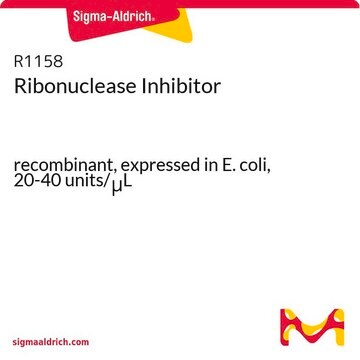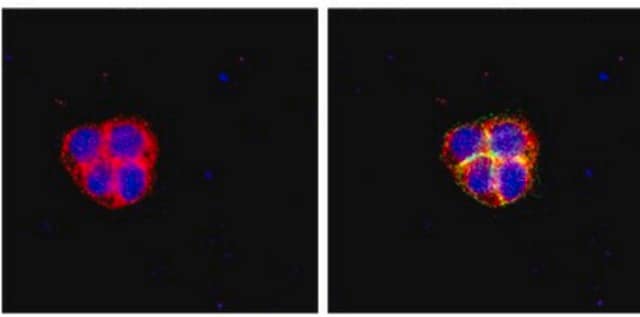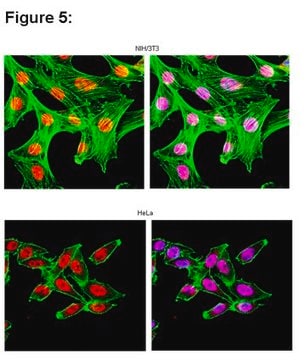RIP
Imprint® RNA Immunoprecipitation Kit
High-capacity Protein A magnetic beads for successful RNA Immunoprecipitation,suitable for use with mRNA and microRNA
Synonym(e):
Magnetic Bead RNA Immunoprecipitation, RNA Immunopreciptation, mRNA Immunopreciptation, microRNA Immunoprecipitation
About This Item
Empfohlene Produkte
Allgemeine Beschreibung
Learn more about this product and view application data.
Anwendung
- Suitable for downstream applications
- Individual target characterization to genome-wide profiling techniques
- Characterization of signal transduction pathways
- Verification of ChIp-chIP and ChIP-seq data
Leistungsmerkmale und Vorteile
- Xtra Protein A magnetic beads with higher binding capacity
- Step-by-step protocols for cell lysis and immunoprecipitation
- RNAse inhibitors and RNAse-free reagents to maintain RNA integrity
- Negative control and antibody included
Rechtliche Hinweise
Kit-Komponenten auch einzeln erhältlich
- I5381IgG from mouse serum, reagent grade, ≥95% (SDS-PAGE), lyophilized powderSDB
- I5006IgG from rabbit serum, reagent grade, ≥95% (SDS-PAGE), essentially salt-free, lyophilized powderSDB
- M7023Anti-Mouse IgG (whole molecule) antibody produced in rabbit, IgG fraction of antiserum, buffered aqueous solutionSDB
- P8340Protease Inhibitor Cocktail, for use with mammalian cell and tissue extracts, DMSO solutionSDB
- R1158Ribonuclease Inhibitor, recombinant, expressed in E. coli, 20-40 units/μLSDB
Empfehlung
Erforderlich, aber nicht bereitgestellt
Signalwort
Warning
H-Sätze
Gefahreneinstufungen
Aquatic Chronic 3 - Eye Irrit. 2 - Flam. Liq. 3 - Skin Irrit. 2
Lagerklassenschlüssel
3 - Flammable liquids
WGK
WGK 3
Flammpunkt (°F)
100.4 °F
Flammpunkt (°C)
38 °C
Analysenzertifikate (COA)
Suchen Sie nach Analysenzertifikate (COA), indem Sie die Lot-/Chargennummer des Produkts eingeben. Lot- und Chargennummern sind auf dem Produktetikett hinter den Wörtern ‘Lot’ oder ‘Batch’ (Lot oder Charge) zu finden.
Besitzen Sie dieses Produkt bereits?
In der Dokumentenbibliothek finden Sie die Dokumentation zu den Produkten, die Sie kürzlich erworben haben.
Kunden haben sich ebenfalls angesehen
Artikel
Sigma’s Imprint RNA Immunoprecipitation Kit was used to copurify human argonaute 2 (Ago2)-associated RNAs from HeLa cells. MicroRNAs reverse transcribed and quantitating using Mysticq reagents.
Protokolle
Procedure and protocol for Anti Ago-RNA Immunoprecipitation from mammalian cells using the RIP kit
Unser Team von Wissenschaftlern verfügt über Erfahrung in allen Forschungsbereichen einschließlich Life Science, Materialwissenschaften, chemischer Synthese, Chromatographie, Analytik und vielen mehr..
Setzen Sie sich mit dem technischen Dienst in Verbindung.













